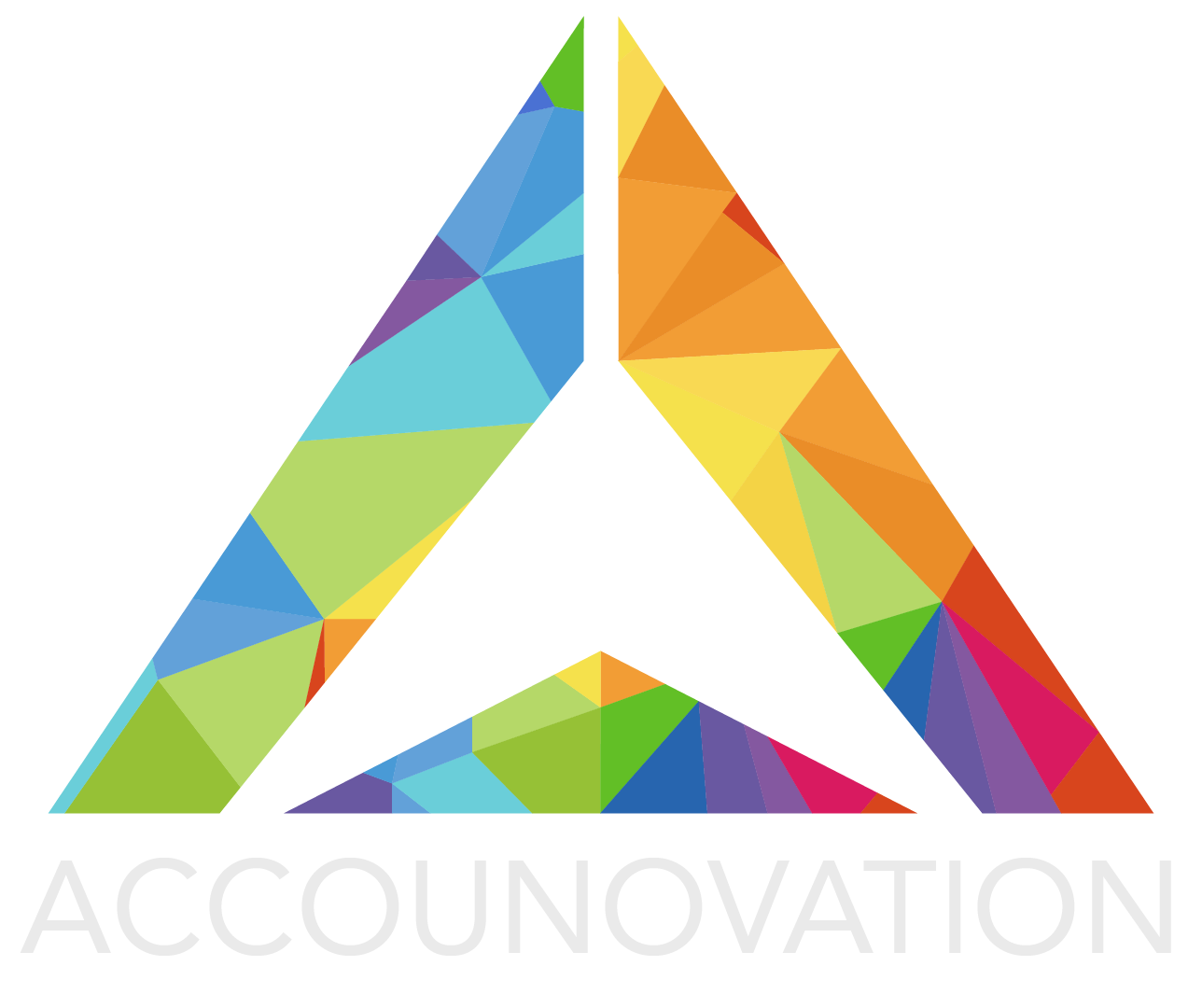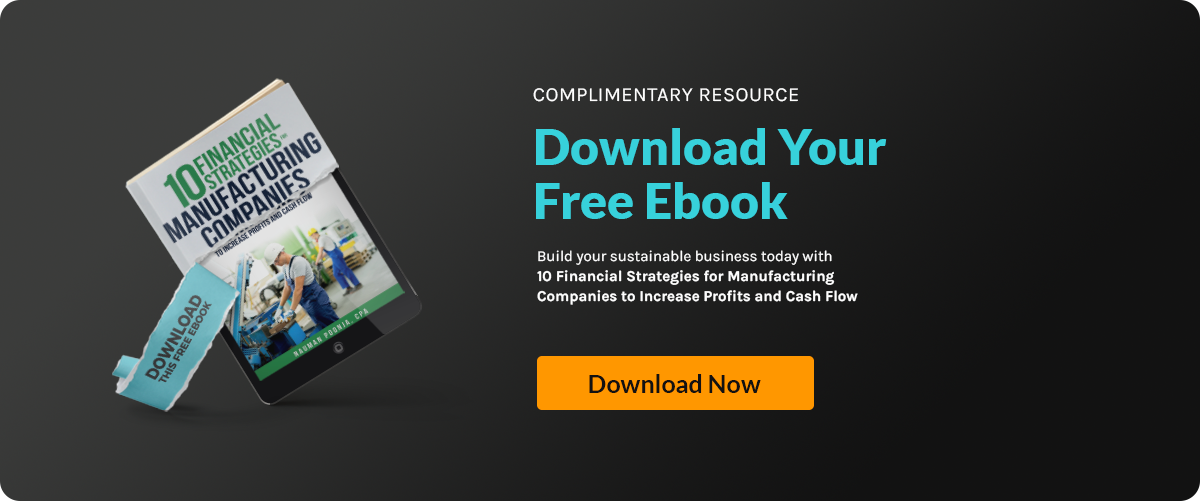Integrated Payroll Solutions for Manufacturing Business

Payroll can be one of the most complicated parts of running a manufacturing business. Between managing shift schedules, overtime, and compliance, there’s a lot that can go wrong. And when payroll processes aren’t connected to the rest of your financial systems, mistakes and inefficiencies can pile up fast.
Integrated payroll solutions change the game. It’s no wonder that in a recent survey, 100% of HR leader agrees—integrating payroll with other systems brings major benefits. By automating tasks and syncing payroll with systems like ERP, you save time, reduce errors, and gain a clearer picture of your finances. It’s not just about paying your team on time—it’s about creating a seamless process that supports your entire operation.
This article introduces the benefits of integrated payroll solutions and how they can transform payroll management for manufacturers. Let’s explore how to make this part of your business run more smoothly.
Integrated Payroll Solutions for Better Business Performance
When the payment system isn’t managed properly, production and finances can suffer. Errors and delays can lead to unnecessary labor costs and disrupt operations, while also lowering morale across the team. Streamlining payment systems is essential to avoid these issues and maintain a healthy bottom line.
Integrated payroll solutions simplify the process of managing employee pay and benefits. These systems ensure:
- accurate calculations by automating tasks
- reducing the risk of errors
- cutting down time-consuming manual work.
They enable businesses to run payment systems efficiently while offering features like real-time tracking and direct deposit, boosting overall workforce satisfaction.
Beyond just processing pay, integrated solutions bring much-needed order to managing shift schedules, attendance, and overtime. By connecting your payroll with time-tracking and scheduling software, you can:
- Manage multiple employee types and complex shift schedules with ease
- Track attendance and PTO automatically
- Avoid costly issues like understaffing or overstaffing
- Ensure payroll reflects accurate hours worked, overtime, and leave taken
With time-tracking data syncing directly to payroll, manufacturers gain better control over labor expenses and ensure every paycheck is right the first time. This seamless approach not only saves time but also supports smoother operations and happier teams.
Managing Multiple Job Roles and Pay Rates Made Simple
Manufacturing companies rarely have a one-size-fits-all approach to payroll. Employees may work in several roles under different pay rates each week. The key to tackling this challenge lies in using payroll systems designed to handle complexity without creating extra headaches.
Modern integrated payroll solutions—like those from ADP, Paychex, and Gusto—let you:
- Assign multiple roles and pay rates to a single employee profile
- Accurately calculate pay even as workers switch tasks or departments
- Automate overtime calculations based on varying schedules
- Easily adjust pay codes for shift differentials or incentive bonuses
By automating these processes, manufacturers avoid manual tracking errors and ensure payroll is not just accurate, but also compliant. This means peace of mind for business owners and predictable paychecks for employees.
Communicating Employee Value Through HR Analytics and Total Compensation Reporting
Building a thriving manufacturing team goes beyond just onboarding and payroll—it’s about showing employees exactly how much they’re valued. HR analytics and total compensation reporting are essential tools for this, offering clear, data-driven insights that help bridge the gap between management and the workforce.
Data-powered total compensation reports allow you to clearly outline what each employee receives, well beyond their base wage. This includes:
- Health insurance coverage
- Bonuses and incentives
- Overtime and shift differentials
- Retirement plan contributions
When you present this breakdown, supported by accurate analytics, employees see the full impact of their compensation—not just their take-home pay. This transparency can significantly improve engagement, help employees feel respected, and strengthen your company’s culture.
Plus, leveraging HR analytics means you can easily identify trends: Are certain roles seeing higher turnover? Is overtime contributing too much to total costs? These insights allow leadership to address potential problems before they grow and to highlight perks during onboarding or annual reviews.
By making it easy for employees to understand their complete compensation package, you reinforce your commitment to their wellbeing and growth, laying a stronger foundation of trust across your team.
Keeping Data Synchronized Across All Business Systems
Keeping data synchronized across all systems creates a clear picture of business operations. It ensures information flows seamlessly between departments, reducing errors and saving time. Real-time data tracking also helps teams stay aligned and make better decisions. Proper synchronization enhances productivity and supports efficient workflows.
Here are the steps to keep data synchronized across all business systems:
|
Step |
Why It’s Important |
|
Ensure payroll and HR software integrates with ERP and accounting tools |
Centralizes data, avoids duplication, and maintains consistency across departments. |
|
Regularly update and audit entries |
Prevents discrepancies, ensures compliance, and avoids costly errors. |
|
Train staff to manage and monitor systems |
Reduces administrative tasks and empowers teams to use tools efficiently. |
Providing comprehensive training for staff ensures that everyone can confidently manage and monitor integrated systems. Empower your team with resources such as step-by-step guides, video tutorials, and access to a support center for troubleshooting and ongoing learning. Establishing a clear point of contact—whether that's an internal expert or a dedicated support team available by email, phone, or help desk—makes it easy for employees to get assistance quickly when challenges arise. Ongoing training sessions and refresher workshops help keep skills sharp as systems evolve, so your workforce always feels supported and capable.
By fostering a knowledgeable team and offering reliable support channels, you reduce bottlenecks, boost adoption rates, and ensure smoother daily operations. This investment in training not only minimizes administrative burden but also empowers your staff to make the most of your payroll and HR solutions. |By following these steps, businesses can improve efficiency and reduce errors.
Payroll Automation for Time Saving and Accuracy
Manual processes slow operations and create unnecessary risks. Automation reduces errors, saves time, and ensures efficiency across tasks. Keeping data synchronized and automating payroll supports better decisions and smoother workflows. These solutions help businesses manage operations effectively and meet workforce needs.
Here are the benefits of payroll automation:
Reduces manual errors
Manual payroll calculations often lead to mistakes in overtime and hours worked. Payroll automation uses real-time data to ensure accurate tracking and adjustments for shift differentials. Tools designed for handling payment systems also eliminate discrepancies caused by manual entry. For manufacturing payroll, this precision is crucial to managing your employees’ records effectively.
Saves time on repetitive tasks
Repetitive tasks like processing payroll and time tracking consume valuable hours. Automation replaces manual processes with efficient, cloud-based software. By freeing up time, your staff can focus on higher-value tasks like performance management and recruiting skilled workers. This shift helps you stay competitive and reduce administrative workloads.
Improves compliance
Payroll automation ensures compliance by keeping data synchronized with labor laws and company policies. Systems are designed to manage updates in regulations and maintain accurate records without added effort. Automated tools calculate overtime and shift differentials while ensuring compliance across time and attendance tracking. This minimizes risks and builds operational confidence.
Modern payroll automation is especially valuable for manufacturing businesses, which often need to manage multiple job roles, different rates of pay, and complex shift schedules. Automated solutions allow you to accurately process payroll in environments with varying pay scales and roles—ensuring everyone is paid correctly and on time.
Additionally, automation streamlines communication around key compliance topics, such as workplace safety training or updated regulations, by providing employee self-service options. Workers can access the latest requirements, view electronic pay stubs, and manage direct deposit or paycard information—all without paperwork or manual intervention.
By adopting paperless payroll processes and leveraging self-service tools, you reduce administrative burdens, keep records organized, and help ensure your business remains compliant in a fast-changing regulatory landscape.
Enhances employee engagement
Automation offers features like employee self-service portals where workers can check their schedules, shift hours, or pay details in a matter of minutes. This builds trust and promotes transparency. Employees can also clock in and out using their mobile devices, making it easy to stay connected whether they’re on the factory floor or off-site. Proactive communication tools, such as push notifications and text messages, help keep your team informed about schedule changes or important updates. This empowers employees to take action, creates accountability, and helps them feel more included in your company’s culture. Tools for onboarding and time-tracking further improve the employee experience by reducing confusion and delays.
Streamlines workforce management
Cloud-based payment systems centralize data, integrating payroll and HR software seamlessly. This allows for better labor management, improved employee scheduling, and efficient applicant tracking. Tools you need for managing complex employee operations are all in one place, reducing the need for disconnected systems and repetitive data entry.
With payroll automation, manufacturing companies can handle payment systems efficiently while saving time and staying compliant. These tools are the key to keeping data synchronized and achieving accurate, streamlined processes across the business.
The Role of Integrated Payroll in Companies Using ERP System
Integrated payroll solutions play a vital role in companies using ERP systems. They ensure data flows smoothly between departments and provide accurate reporting for decision-making. These systems reduce inefficiencies, improve compliance, and align with broader business goals.
Here’s how they address specific challenges and deliver results.
Situation 1: Inefficient Data Consolidation
Challenge: A manufacturing company struggled with disconnected systems, leading to errors in payment calculations and delays in onboarding. The HR team couldn’t access real-time data, which slowed down employee scheduling and compliance tracking.
Solution: Payroll automation integrated with their ERP system provided real-time access to employee records and streamlined HR processes. The integration reduced the need for manual updates, ensuring efficient payment systems and accurate data consolidation.
Outcome: The company improved productivity by 30% and reduced errors in payment processing. Employees experienced better onboarding and faster resolution of HR challenges.
Situation 2: High Administrative Burden
Challenge: A mid-sized business in the manufacturing industry faced excessive time spent on manual payroll and HR tasks. Their current system couldn’t handle hourly employees' schedules, overtime, and shift differentials efficiently.
Solution: By adopting manufacturing payroll software integrated with their ERP system, the business automated payroll calculations. This eliminated repetitive tasks and consolidated labor management processes into a centralized location.
Outcome: The company saved over 15 hours weekly in administrative tasks and improved workforce management needs. Payroll services became more efficient, allowing HR to focus on recruiting and onboarding top talent.
Situation 3: Compliance and Reporting Issues
Challenge: A manufacturing sector leader faced difficulty meeting compliance requirements and generating accurate reports for audits. Their outdated systems made it hard to track time clock data and employee attendance effectively.
Solution: Integration with a cloud-based ERP system enabled payroll automation and real-time tracking of employee schedules. The integration ensured compliance by consolidating HR processes and providing detailed, accurate reports on time and attendance.
Outcome: The company eliminated compliance risks and improved audit readiness. They also gained a competitive advantage by streamlining HR and payroll operations.
Valuable Resources for HR and Payroll Management in Manufacturing
Staying ahead in HR and payroll management requires access to the right information. Fortunately, a variety of resources are available—perfect for manufacturing businesses aiming to keep operations compliant, efficient, and up to date.
Here are several types of useful materials to explore:
- Step-by-Step Checklists: Help ensure smooth onboarding, payroll processing, and daily compliance tasks. SHRM and the Manufacturing Institute both offer downloadable templates designed for the unique needs of the manufacturing sector.
- Comprehensive Guides: White papers and how-to manuals from trusted sources (like the Society for Human Resource Management or the National Association of Manufacturers) break down complex topics such as automated payroll integration and labor law updates.
- Industry Reports: Annual and quarterly studies from Deloitte, PwC, and the Bureau of Labor Statistics highlight workforce trends, pay benchmarks, and key HR topics impacting the manufacturing industry.
- On-Demand Webinars and eBooks: Educational resources from organizations like ADP and Kronos provide guidance on shifting regulatory requirements, time tracking, and practical case studies.
- Interactive Tools: ROI calculators, compliance risk assessments, and payroll processing audits are available from HR technology vendors and industry consultancies, helping streamline decisions around technology adoption.
Investing a little time in these resources pays off, delivering clarity on complicated challenges and empowering HR teams to implement best practices in everything from overtime calculations to scheduling and compliance.
Take Control of Your Financial Management
Handling finances in manufacturing can be tough. From payroll to compliance, the tasks can pile up, leaving you focused on paperwork instead of running your business. We understand how important it is to keep these processes simple and stress-free so you can spend more time where it matters.
At Accounovation, we specialize in helping manufacturing businesses simplify their financial management processes. From precise payroll solutions to expert compliance support, we provide the tools and expertise needed to manage your finances with confidence. Our services ensure accurate record-keeping, on-time reporting, and hassle-free compliance, all tailored to meet the unique challenges of manufacturing. Let us handle the details, so you can focus on growing your business. Get in touch with us today.







